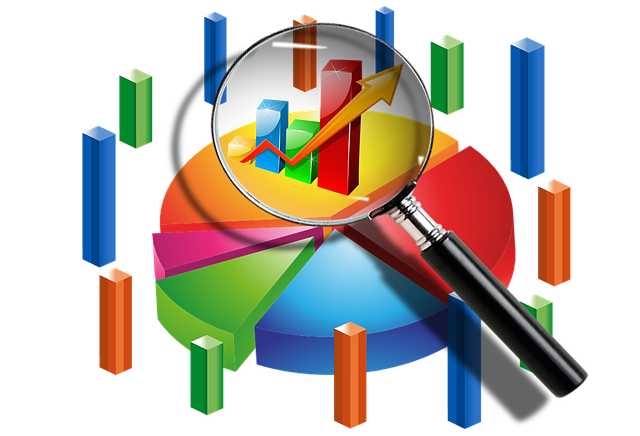 PR crises spread swiftly through social media and other online channels. The good news for PR is that monitoring and measuring news and social media can warn of emerging crises, allowing you to address and subdue them before they spiral out of control. The media monitoring and analytics service you use will notify you when your brand or other keywords are mentioned online, can measure how your PR response is countering negative news, and if the crisis is subsiding or escalating. Most services can provide near real time or continuous streaming reports.
PR crises spread swiftly through social media and other online channels. The good news for PR is that monitoring and measuring news and social media can warn of emerging crises, allowing you to address and subdue them before they spiral out of control. The media monitoring and analytics service you use will notify you when your brand or other keywords are mentioned online, can measure how your PR response is countering negative news, and if the crisis is subsiding or escalating. Most services can provide near real time or continuous streaming reports.
Deciding what keywords to monitor and what metrics to utilize is critical for creating a successful PR crisis response plan. Here’s what PR measurement experts recommend.
Monitor your company and brand names. Continually monitor your corporate and brand names, as well as names of top executives, and derogatory words people often associate with them. In addition, search for common slang terms and common misspellings of those keywords.
Boolean search terms. Boolean search terms can deliver more accurate media monitoring results and eliminate extraneous results by adding words such as AND, OR, NOT and punctuation like parenthesis and quotes. With Boolean queries you can segregate media mentions about the crisis by combining the corporate and brand names with terms that identify the crisis. Crisis key word examples: strike, demonstration, theft, fraud, bomb, shooting, recall or any other words that specifically describe the type of crisis you confront.
Sentiment. Changes in sentiment over time indicate whether your PR crisis response is succeeding. Spikes in negative mentions can highlight an emerging or escalating crisis that warrants intervention before it attracts media attention. Real-time alerts can automatically notify PR or marketing departments when brand mentions exceed normal numbers. Marketers usually like to see increases in social media engagement and mentions, but a spike in brand mentions is not always a good sign. Automated sentiment analysis can grade the overall sentiment of large numbers of social media comments. Human analysts can assess context and depth of negative or positive sentiment.
Industry terms. Monitoring competitors’ brands and keywords describing your industry niche can help you better understand changes in overall market sentiment.
Influencers. Social media listening can identify and rank influencers to help PR prioritize its responses as well as report what influencers are saying about brands. It’s important to monitor comments of influential detractors as well as supporters. PR can prepare for crises by identifying and monitoring in advance those influencers who frequently opine on their industry or company.
News shares. Organizations typically monitor media for mentions of their brand, but few track how much social media users share that news. That’s now essential, considering that many people now get their news though social media. Social media listening can warn PR if an unfavorable news report from a small media outlet begins spreading and on what social platforms.
Hashtags. Users who are interested in the crisis but not necessarily involved in it typically create hashtags as news emerges. While hashtags are useful for finding social media information, you have to know what the hashtag is in the first place to use it. Identifying hashtags quickly or creating your own can help identify relevant social media posts – and offer a centralized way to disseminate company information.
Real-time information from the scene. Social media comments from people at the scene of crisis often reveal information before news reports. However, information may be inaccurate or fraudulent. When gathering information, it’s essential to verify reports before acting on them. Posts are often sensationalistic and embellished. Photos can be easily doctored. One red flag is that altered images typically take longer to appear online. Obeying the journalism standard of requiring two credible sources can prevent you from falling for a hoax.
Bottom Line: Determining what to monitor and measure is an absolute requisite to manage a PR crisis as well as to identify emerging crises. Selecting the right keywords and metrics enables PR to respond effectively to the crisis and to learn how well their organization is weathering the storm of negative news and social media commentary.
William J. Comcowich founded and served as CEO of CyberAlert LLC, the predecessor of Glean.info. He is currently serving as Interim CEO and member of the Board of Directors. Glean.info provides customized media monitoring, measurement and analytics solutions across all types of traditional and social media.




